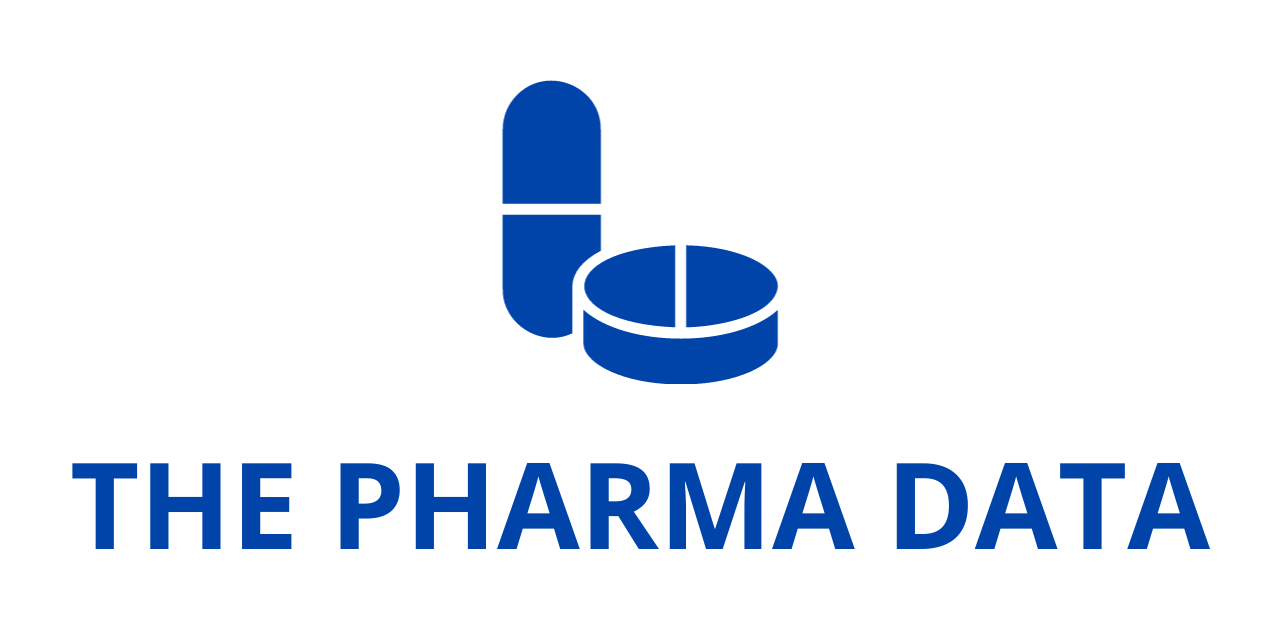
bioAffinity Technologies Reports Record Third-Quarter 2025 Growth in CyPath® Lung Test Adoption, Driven by Expanding Clinical Use and Physician Confidence
bioAffinity Technologies, Inc. (Nasdaq: BIAF; BIAFW), a biotechnology company pioneering noninvasive diagnostics for lung cancer and other lung diseases, has announced remarkable growth in the adoption of its flagship diagnostic test, CyPath® Lung, during the third quarter of 2025. The company reported that sales of CyPath® Lung surged by 95% over the previous quarter, marking the strongest quarterly performance in its history. This milestone reflects increasing integration of the test across clinical settings, particularly within Veterans Affairs hospitals and new markets in the mid-Atlantic region.
Over the first nine months of 2025, bioAffinity achieved a 97% year-over-year increase in CyPath® Lung sales compared to the same period in 2024. This sustained growth underscores the company’s success in advancing its mission to improve early detection of lung cancer and to reduce unnecessary invasive procedures for patients with benign pulmonary nodules.
Growing Physician Confidence in Early Lung Cancer Detection
“The continued acceleration in CyPath® Lung adoption underscores the growing physician confidence in our test to detect lung cancer at its earliest, most treatable stages,” said Maria Zannes, President and Chief Executive Officer of bioAffinity Technologies. “Physicians are equally impressed by CyPath® Lung’s ability to save patients from unnecessary invasive procedures when the nodule is benign. These dual benefits—early detection and avoidance of harm—are driving steady clinical adoption.”
Zannes emphasized that the test’s increasing usage reflects both strong clinical validation and positive real-world outcomes. “Our strong quarter-over-quarter growth demonstrates that CyPath® Lung is gaining traction in the marketplace,” she continued. “We are encouraged by the test’s increasing integration into clinical practice.”
Record Growth in Key Performance Metrics
Beyond sales, bioAffinity reported significant growth in key clinical adoption metrics. In the third quarter, the company recorded a 77% increase in new patients tested with CyPath® Lung, alongside notable improvements in patient compliance for at-home sample collection and return. These trends suggest that the test’s convenience, noninvasiveness, and accuracy are resonating strongly with both physicians and patients.
CyPath® Lung is designed to provide clinicians with a powerful diagnostic tool for evaluating patients with indeterminate pulmonary nodules—lesions often detected incidentally during imaging studies such as CT scans. The test analyzes sputum samples collected at home, offering a safe and patient-friendly approach that complements imaging and reduces dependence on invasive procedures like biopsies.
Real-World Clinical Evidence Strengthens Market Momentum
bioAffinity’s growing body of published patient case studies has played an essential role in bolstering physician trust and accelerating adoption. These studies highlight how CyPath® Lung is making a tangible difference in patient outcomes, demonstrating its utility across a wide spectrum of clinical scenarios.
Key examples from recent case data include:
- Early Detection of Stage 1A Lung Cancer: CyPath® Lung has successfully identified early-stage lung cancer in patients who were initially assessed as low-risk based on other diagnostic modalities, enabling timely intervention and improved prognoses.
- Avoidance of Unnecessary Procedures: In cases where CyPath® Lung results were negative, patients were spared from undergoing invasive and costly diagnostic procedures that carried physical and psychological burdens.
- Detection in Challenging Ground-Glass Nodules: The test has demonstrated its ability to detect cancer earlier in patients with ground-glass nodules, which often pose diagnostic difficulties using conventional imaging alone.
These real-world examples highlight how CyPath® Lung contributes to precision medicine by differentiating malignant from benign nodules with greater accuracy and confidence.
A Transformative Approach to Lung Cancer Diagnostics
Lung cancer remains one of the leading causes of cancer-related death worldwide, primarily due to late-stage diagnosis. Early detection is critical—when identified at Stage 1, five-year survival rates can exceed 60%, compared to less than 10% when detected at advanced stages. bioAffinity Technologies’ CyPath® Lung test directly addresses this challenge by offering a noninvasive, accurate, and accessible diagnostic option that complements imaging technologies and reduces diagnostic uncertainty.

Unlike traditional tissue biopsies or invasive bronchoscopy, CyPath® Lung uses advanced flow cytometry to analyze specific cellular and molecular markers in sputum samples. This innovative approach allows physicians to determine the likelihood of malignancy based on biological signals associated with cancer, rather than relying solely on radiographic appearance.
Expanding Market Presence and Clinical Partnerships
bioAffinity’s rapid growth during the third quarter of 2025 was driven in large part by increased adoption across the Veterans Health Administration (VHA) system—one of the largest integrated healthcare networks in the United States. Many Veterans are at elevated risk for lung cancer due to higher rates of smoking and occupational exposure, making early detection a top clinical priority.
The company’s strategic expansion into the mid-Atlantic region has also contributed significantly to its momentum. Partnerships with regional hospitals, diagnostic centers, and pulmonary specialists have enabled broader patient access to CyPath® Lung testing. These efforts are supported by ongoing educational initiatives aimed at informing healthcare providers about the test’s clinical utility and ease of implementation.
Commitment to Patient-Centered Outcomes
“As we expand our marketing and sales efforts, we are immensely proud of the real-world impact CyPath® Lung is having on patients and their families,” said Dr. Gordon Downie, Chief Medical Officer of bioAffinity Technologies. “Every early cancer detected means a life that may be saved, and every unnecessary invasive procedure avoided means a patient spared from risk, anxiety, and cost. This is why more physicians are adding CyPath® Lung as an essential tool in the diagnostic pathway.”
Dr. Downie added that the company remains focused on ensuring that CyPath® Lung continues to demonstrate measurable improvements in patient outcomes as adoption widens. “The ability to combine sensitivity for early detection with specificity for benign nodules is what sets our test apart,” he said. “We are building a foundation of trust through evidence and results.”
Sustaining Momentum into 2026
Building on its record-setting third quarter, bioAffinity Technologies plans to accelerate its commercial and clinical initiatives in late 2025 and into 2026. Upcoming goals include expanding payer coverage, advancing physician education, and exploring partnerships to extend access to high-risk populations.
Zannes noted that these efforts are part of a broader strategy to position bioAffinity as a leader in noninvasive diagnostics for pulmonary diseases. “Our progress this year validates the clinical and commercial strength of CyPath® Lung,” she said. “With our team’s continued dedication, we are confident that 2026 will bring even greater milestones in growth, adoption, and impact.”
bioAffinity Technologies’ third-quarter 2025 results mark a pivotal moment in the company’s evolution from an innovative startup to a growing player in the lung diagnostics market. With record-setting sales, expanding clinical integration, and rising physician confidence, CyPath® Lung is rapidly becoming a vital component in the fight against lung cancer.
As the company continues to demonstrate that early detection saves lives and that accurate noninvasive testing can spare patients from harm, bioAffinity’s success serves as a strong indicator of the changing landscape in lung cancer diagnostics—one where precision, safety, and accessibility go hand in hand.




